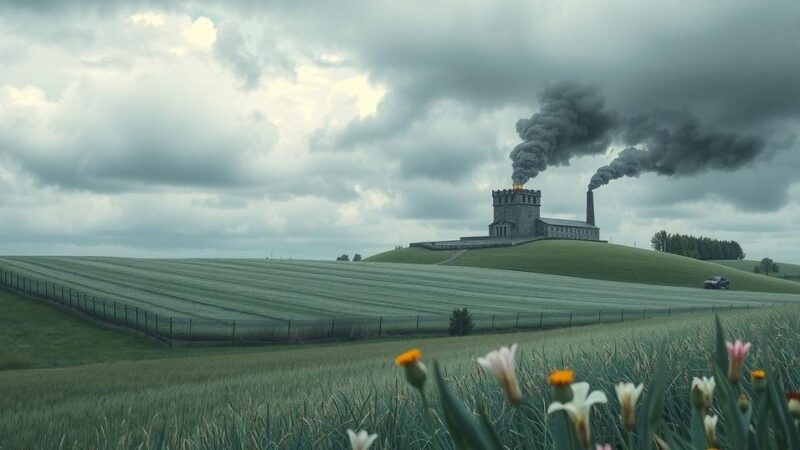Protests erupted in Iran on February 14, 2025, as citizens express outrage over power outages and economic hardships. Demonstrations were reported in multiple cities, with demands for accountability from officials. The worsening electricity crisis, combined with poor governance and worsening economic conditions, has led to sustained public discontent and protests across the nation.
On February 14, 2025, protests broke out across numerous Iranian cities, driven by extensive power outages, economic strife, and escalating public dissent against the government. Demonstrators gathered in Tehran, Karaj, Bushehr, Isfahan, and Hormozgan, voicing anti-regime sentiments and demanding accountability from officials.
The ongoing electricity crisis remains a significant catalyst for unrest, as cities like Tehran, Karaj, and Khorramdast experience widespread blackouts. Residents in locations such as Chahardangeh and Khorramdast expressed discontent with the government’s failure to resolve power shortages, which have severely disrupted everyday life and business activities.
Already troubled by cold weather conditions, many families find it increasingly difficult to heat their homes due to the power outages. An irate resident shared a poignant remark in a viral video, stating, “This is the ‘peak of progress’ that Khamenei talks about.”
In Bushehr, President Masoud Pezeshkian faced significant hostility during his visit. Protesters shared videos online, chanting slogans such as “Pezeshkian, get out of Bushehr” and “Resign, resign!” Some demonstrators criticized the government’s record of executions, demanding Pezeshkian’s resignation due to his involvement in over 780 execution cases.
Pharmacists in Isfahan demonstrated outside the Social Security Organization, seeking overdue payments and solutions to supply chain issues in the pharmaceutical industry. They chanted, “Empty promises are enough, our accounts are empty,” highlighting their urgent need for financial relief.
Simultaneously, oil industry workers in Hormozgan protested against age-old wage disparities, advocating for job classification reforms and improved management of pension fund issues. Their demands included fair compensation for new hires and equitable distribution of benefits.
In Tehran’s Ekbatan neighborhood and Karaj, chants of “Death to Khamenei” and “From Dehdasht to Tehran, my life for Iran” amplified during night protests on February 13. These nightly demonstrations, often ignited by power shortages and economic difficulties, have become a growing trend.
Other cities such as Shiraz, Yazd, Parand, Shazand, Bukan, Hashtgerd, and Kamyaran have also seen locals express frustration over enduring power outages and poor governance. In Arak, residents rallied against severe air pollution, demanding their rights as they chanted: “Arakis, shout your rights, demand your justice.”
As the economic crisis escalates and the government fails to alleviate public unrest, Iran faces a swell of protests without signs of resolution. With many provinces experiencing partial or total shutdowns due to energy shortages, public frustration is at an all-time high, placing the regime in an increasingly precarious position.
In conclusion, Iran is currently experiencing intense protests driven by systemic issues such as power outages and economic crises. Public dissatisfaction is reflected in the frequent and widespread demonstrations across multiple cities, where citizens demand accountability and urgent solutions from the government. With persistent challenges facing the regime, the potential for escalating unrest remains significant.
Original Source: www.ncr-iran.org






